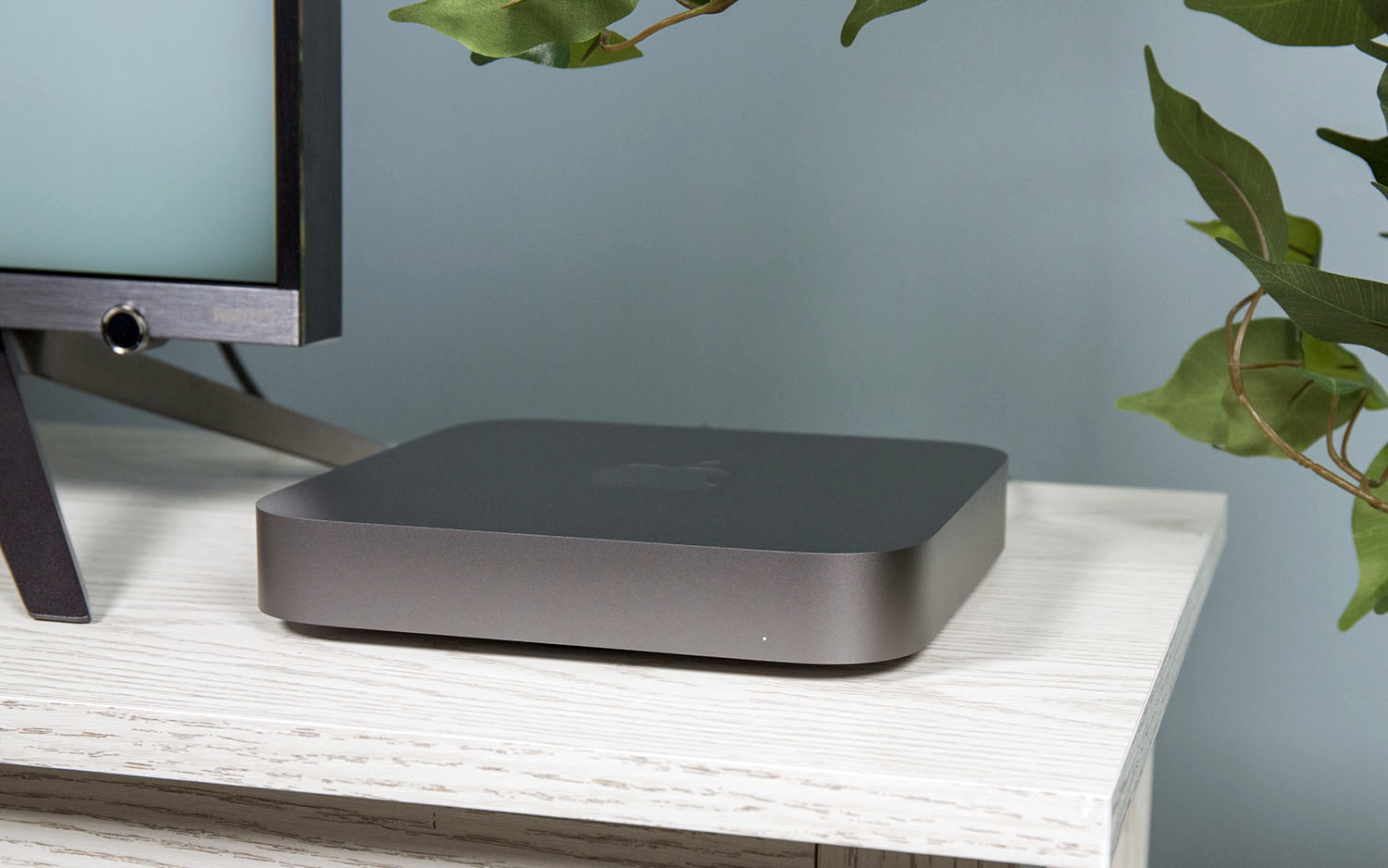
After some reading on internet I found out that I need to remove the 165 MHz pixel clock limitation in a different way that I did for Mavericks… From this list I’ve picked Dark Void’s script.Įventually I’ve enabled the HiDPI modes and changed the amount of VRAM to 1Gb to be sure that all things are prepared.Īfter increasing VRAM (by following the instructions) and rebooting I’ve got a miserable 7Mb of VRAM 🙂 but Turbowald hint’s helped to recover and after next reboot got 1Gb VRAM. Here’s a rough list of the settings for 2560×1440:Īfter updated to Yosemite strangely this resolution didn’t work anymore out of the box. On OSX Mavericks I was able to set 2560×1440 resolution w/o problems by just running SwitchResX and creating this resolution as a custom resolution. Please note that I didn’t use the “natural” miniDisplay Port to Display Port cable that would connect the Mac Mini with the Samsung’s Display Port. So, I have ended up connecting the HDMI Output from Mac Mini to the Samsung HDMI input and miniDisplay port from Mac Mini for the secondary monitor that was an usual Full-HD monitor. Tried many combinations and I couldn’t get on Mac Mini more than Full-HD on both monitors…Īfter reading around I got to the conclusion that the only chance is to start focusing on getting the UHD (4k) resolution on HDMI… Mac Mini has an old Intel HD3000 graphic adapter that by default shares 288Mb of RAM with the system memory and apparently has a pixel clock limitation.
Graphics card upgrade for mac mini 2010 Pc#
On my Windows PC the UHD resolution worked out-of-the box since the graphic card was pretty performant but on Mac Mini didn’t. Recently I’ve purchased this Samsung UHD Monitor. This is the best investment I did for this Mac.

Got 8Gb from Amazon and installed the RAM (~2 minutes).įew years later the default harddisk felt slow and I have added an 250Gb SSD Drive:

įirst thing I did was to upgrade the RAM. Was a pretty good deal ~550 Euro for the 2.3 GHz i5 Model. I have purchased my Mac Mini end of 2011.


 0 kommentar(er)
0 kommentar(er)
